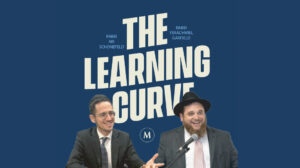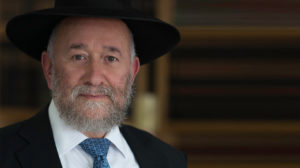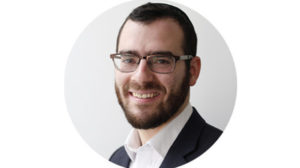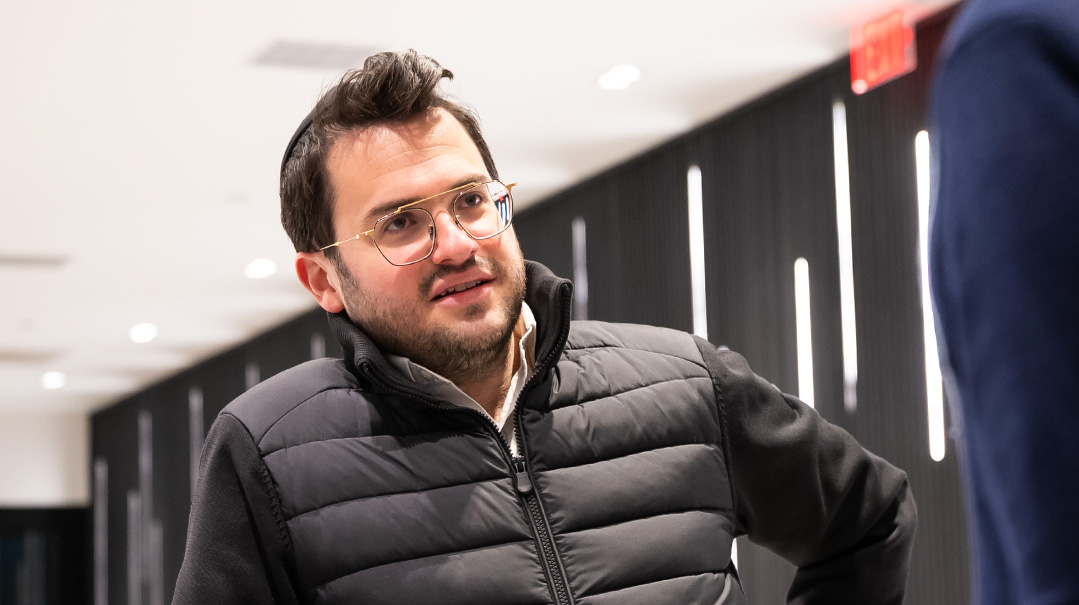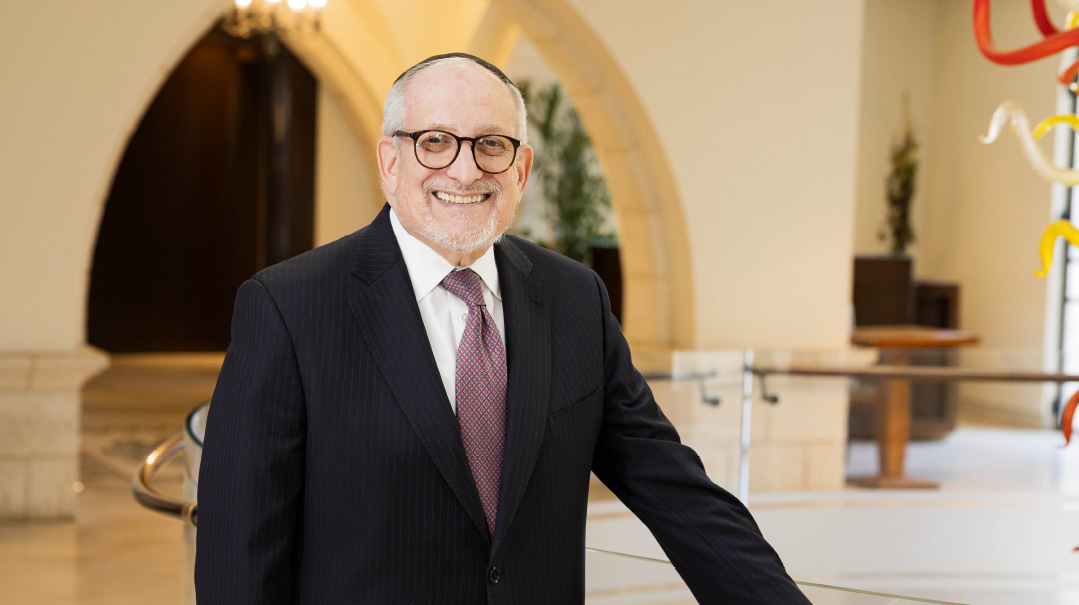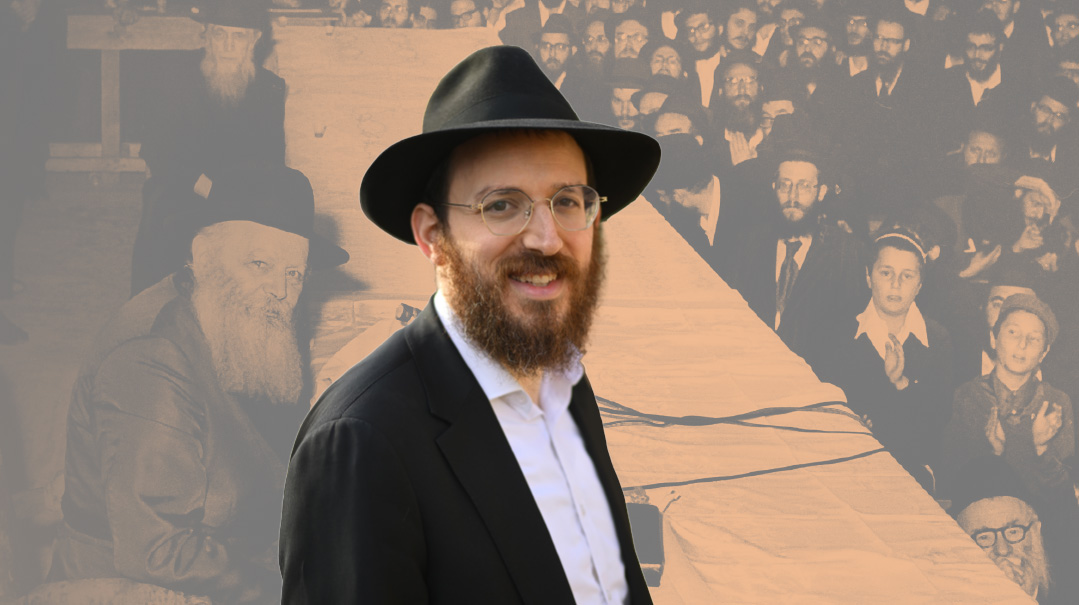University of Life

Dr. Michael Szenberg’s students might have signed up for classes in economics, but what they’re really learning are lessons for life
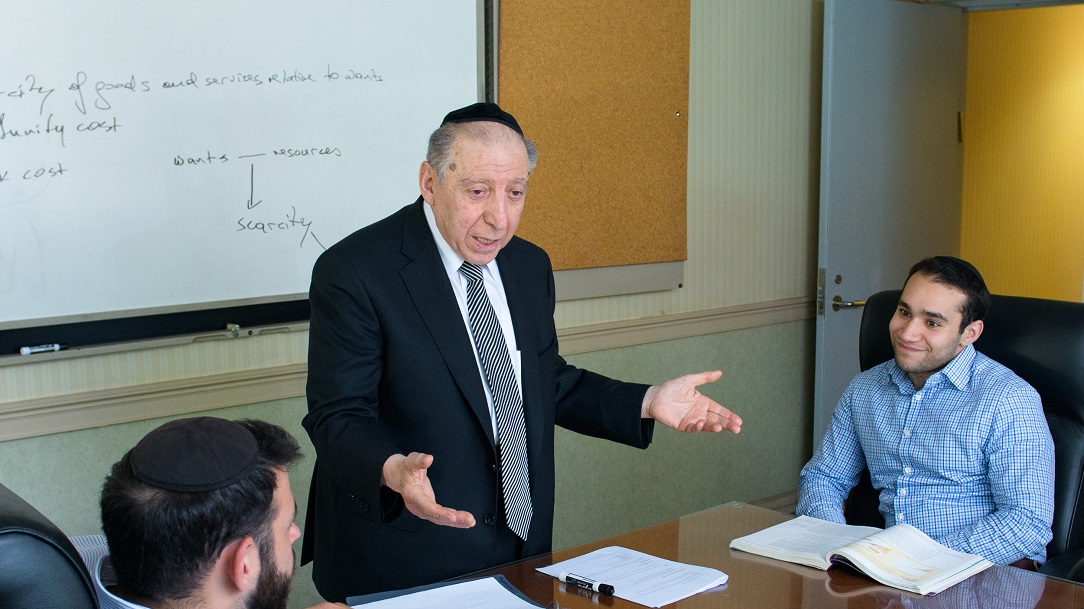
Photos: Naftoli Goldgrab, Family archives
The 19th century Scottish historian Thomas Carlyle coined the moniker for the discipline of economics as “the dismal science”— but then again, he never got to meet Michael Szenberg. With his irrepressible good cheer and upbeat, can-do attitude, this leading economist — a frum Jew with Gerrer roots who serves as honorary chair of the economics and business departments at Touro’s Lander College of Arts & Sciences in Brooklyn — is the very antithesis of dismal. He even recently coauthored a book with his longtime collaborator, Lall Ramrattan, that uses the dual lenses of Judaism and economics to explore one of his favorite topics: Happiness.
Not by a long shot is this book his first. A preeminent teacher of economics, Dr. Szenberg has a long list of learned treatises to his credit — 22 books, many of them translated into several languages — and an even longer honor roll of professional awards. He served for nearly three decades as editor of The American Economist, a leading journal of economic science, and has also been a consultant to prestigious university presses like those of Oxford and Cambridge Universities.
Nearly eight decades ago, as a ten-year-old boy, he spent close to two years hiding from the Nazis in a Polish family’s attic, not expecting to live until the next month, let alone to become a renowned American economist. But it’s precisely his long, eventful life, lived on three continents and marked by perseverance through privation and persecution, that has made Dr. Szenberg such a beloved figure to legions of students at both Pace University, where he taught until 2013, and at Touro, where he’s been since then..
Yet his most important teachings have nothing to do with labor force participation rates or supply side theory, but instead are the lessons woven into the personal experiences he shares in class, which his students carry forward with them into real life — lessons about perseverance, about finding strength within rejection, about never being afraid to ask, and about integrity, kindness, and commitment.
And they’re the lessons he conveys, too, by the ever-present smile, cheerful greetings in the school hallway, and an office door that’s always open to students. Dr. Robert Goldschmidt, executive dean at Touro’s Lander College in Flatbush, observes that “what makes Dr. Szenberg so special is his humility and down-to-earth attitude, which is not something one regularly finds among academics of a certain stature. He cares deeply about the students on an individual level, relating to and valuing each one. He’s teaching economics, but really he’s teaching a way of life.”
Oops! We could not locate your form.

